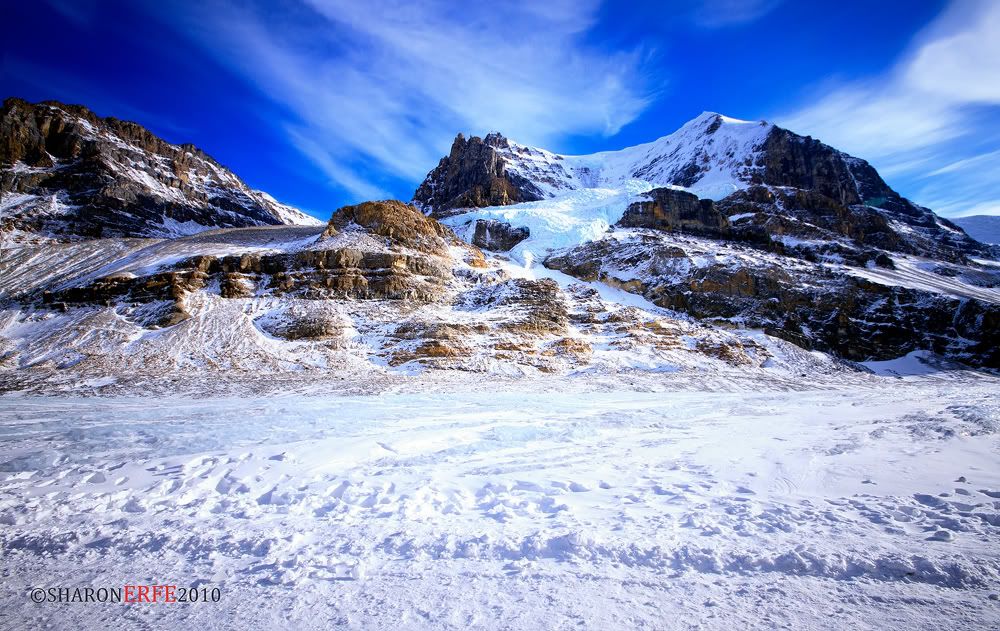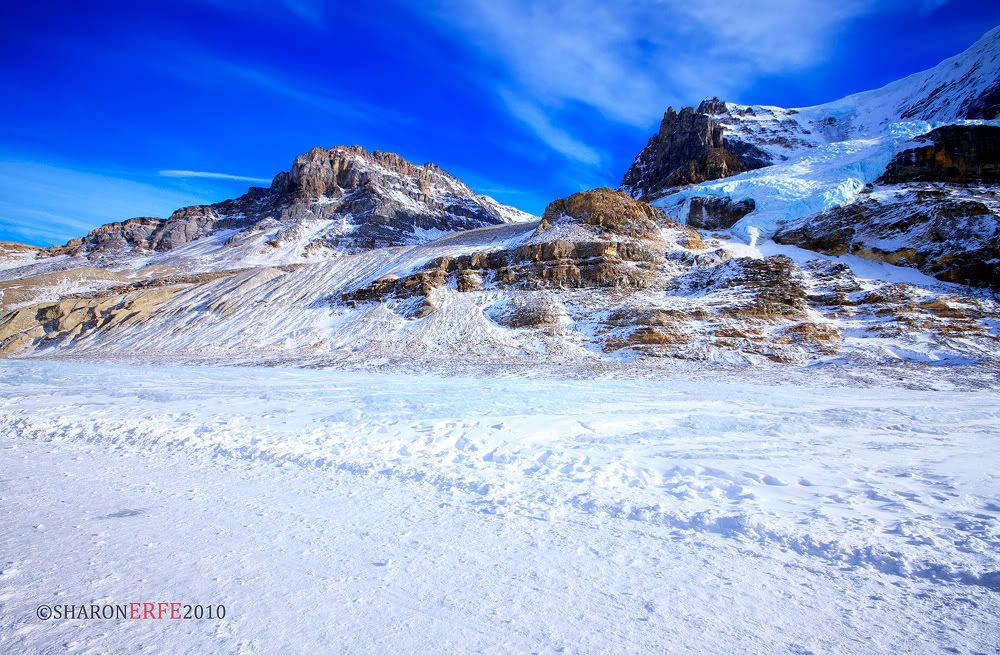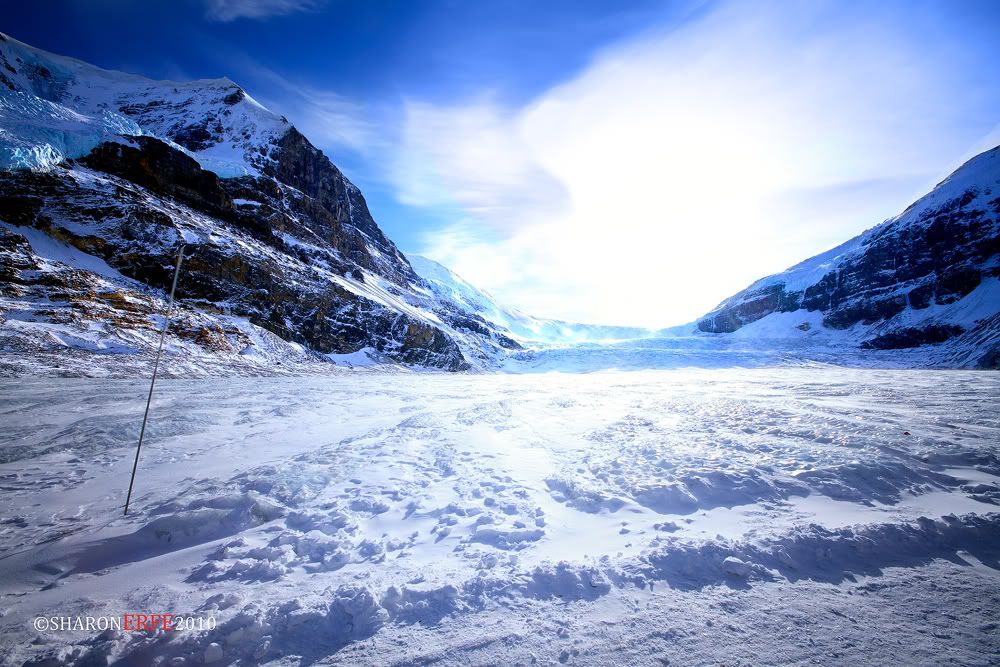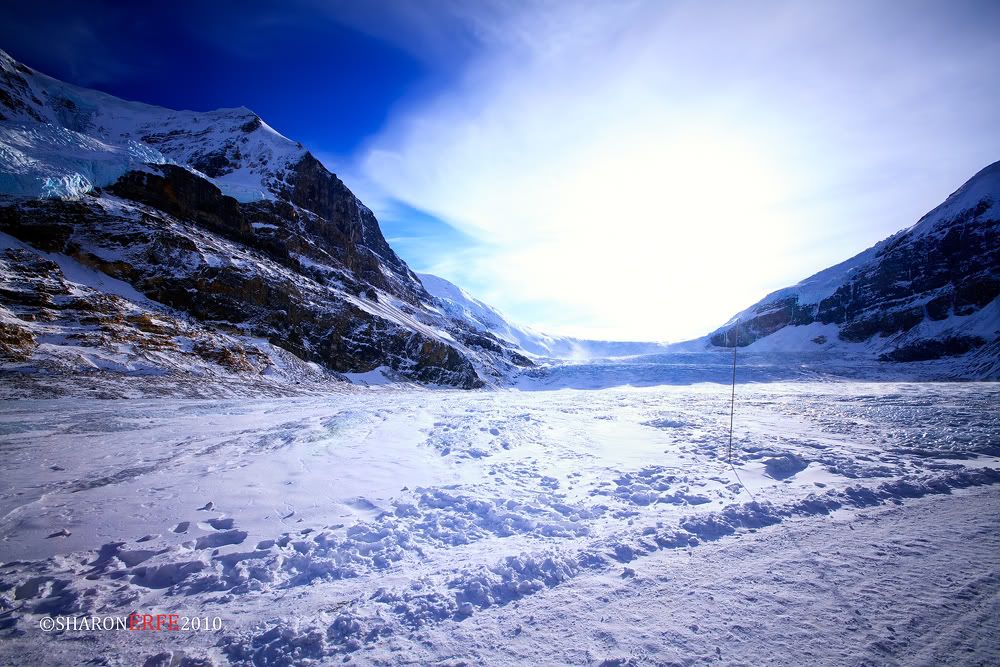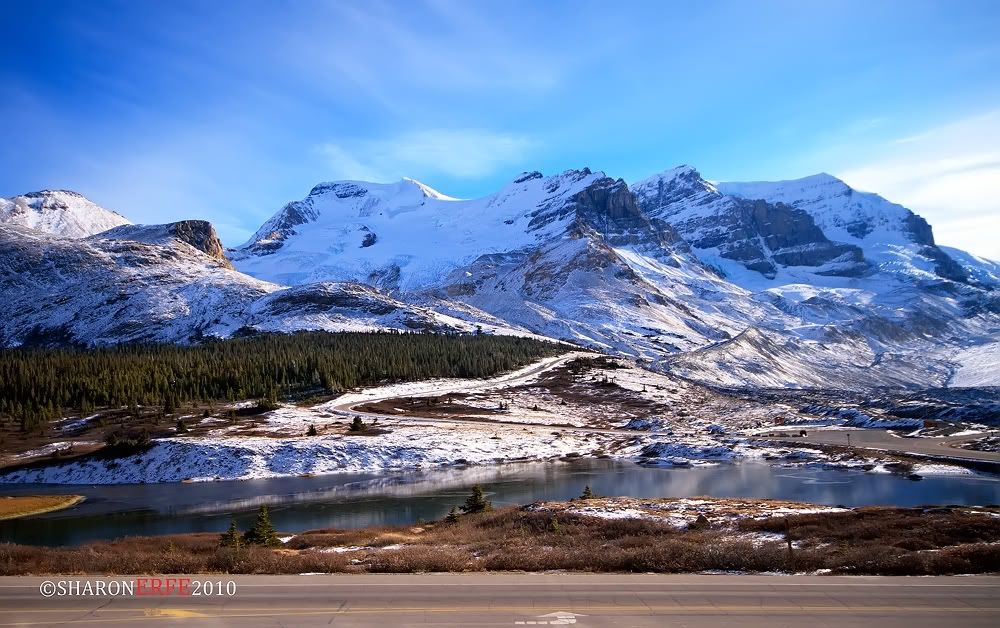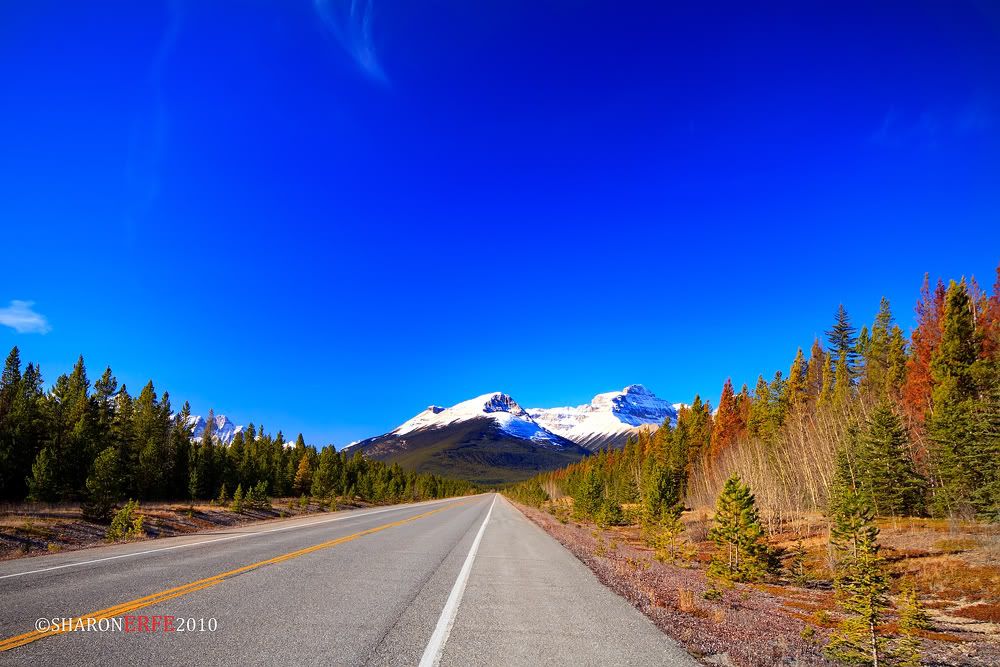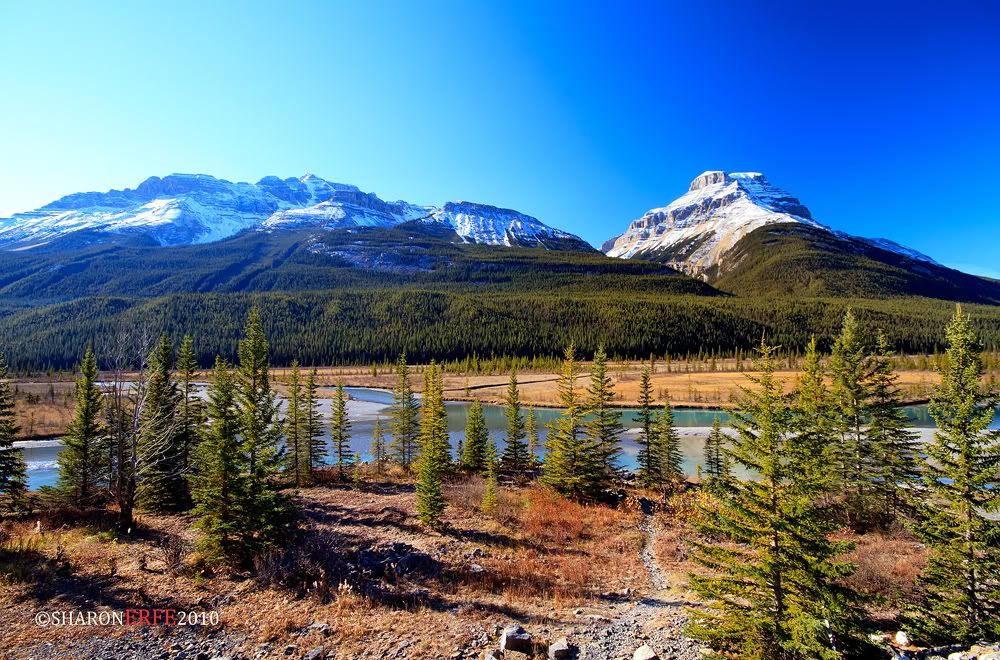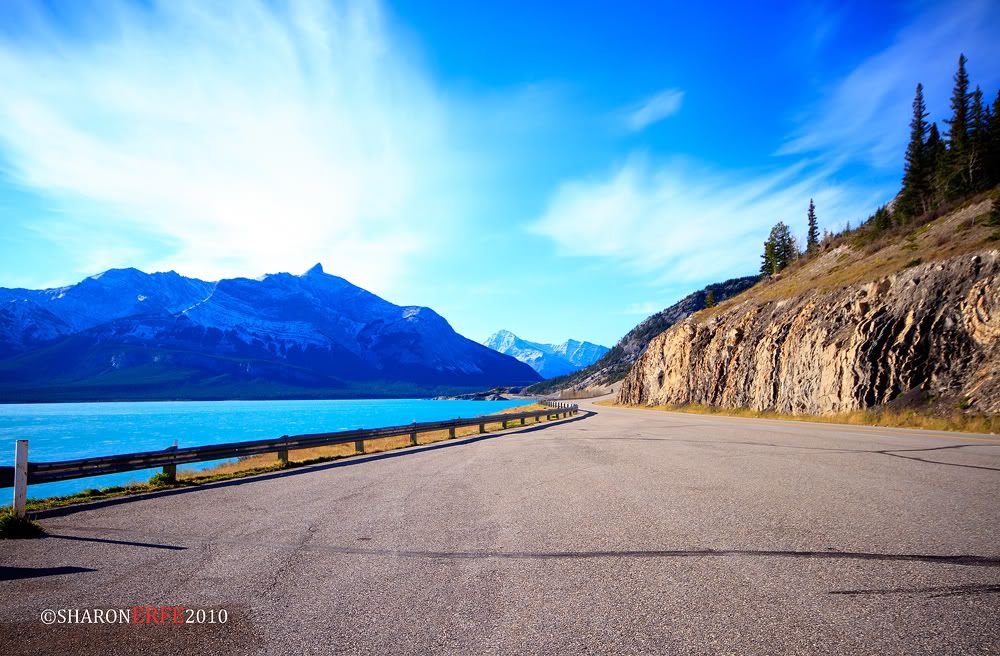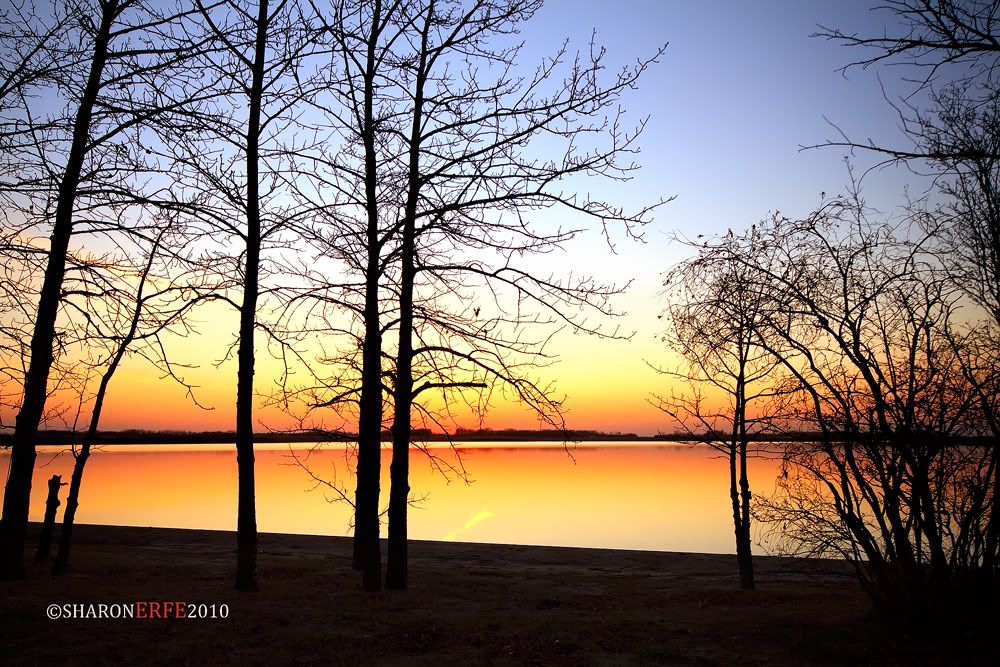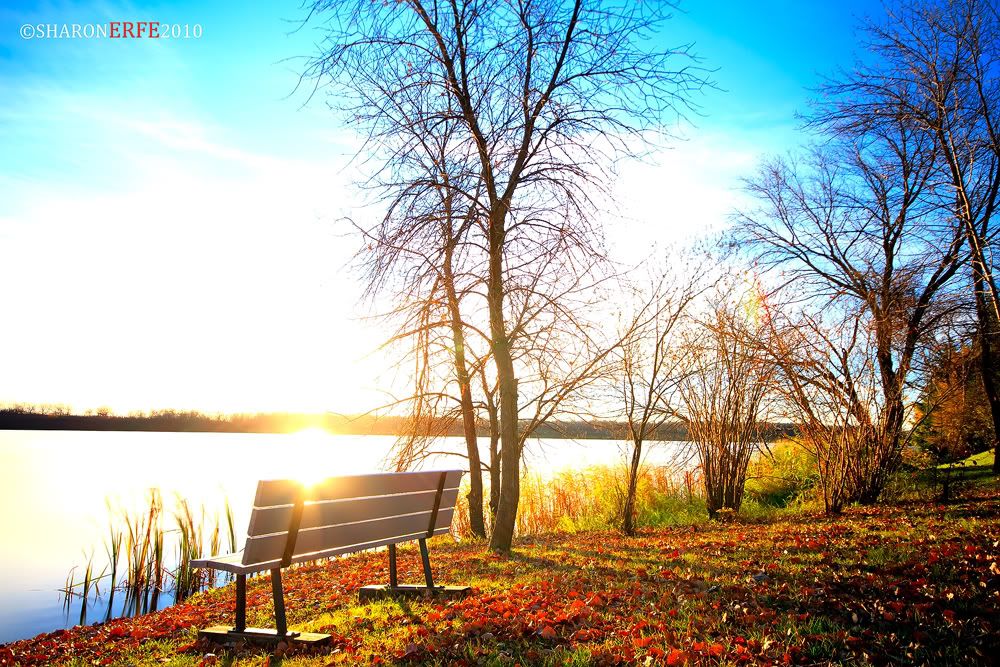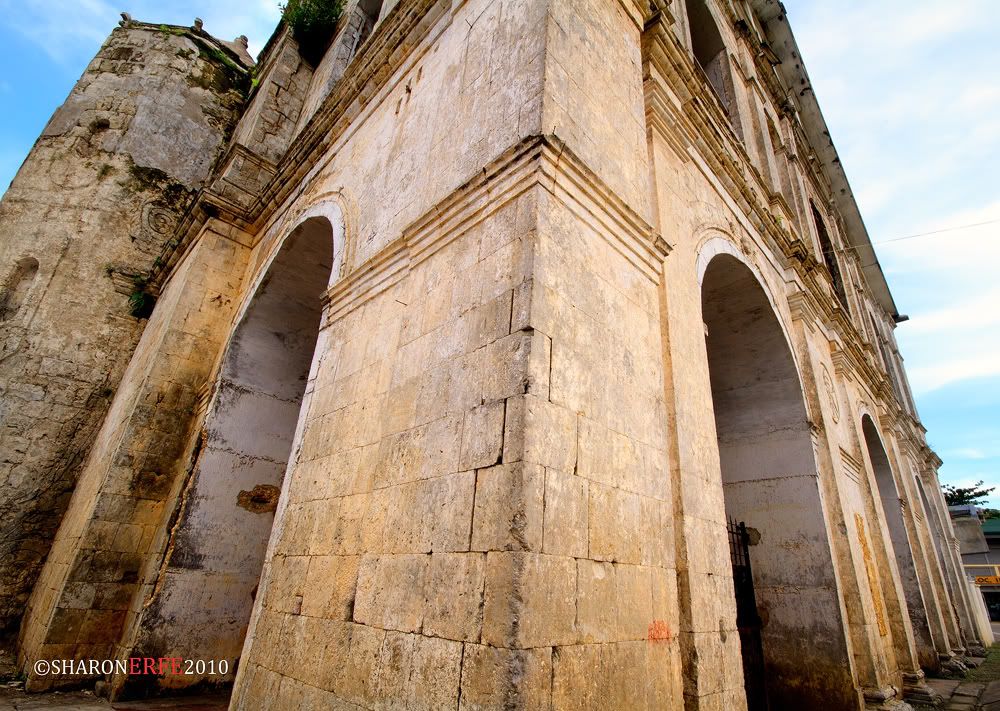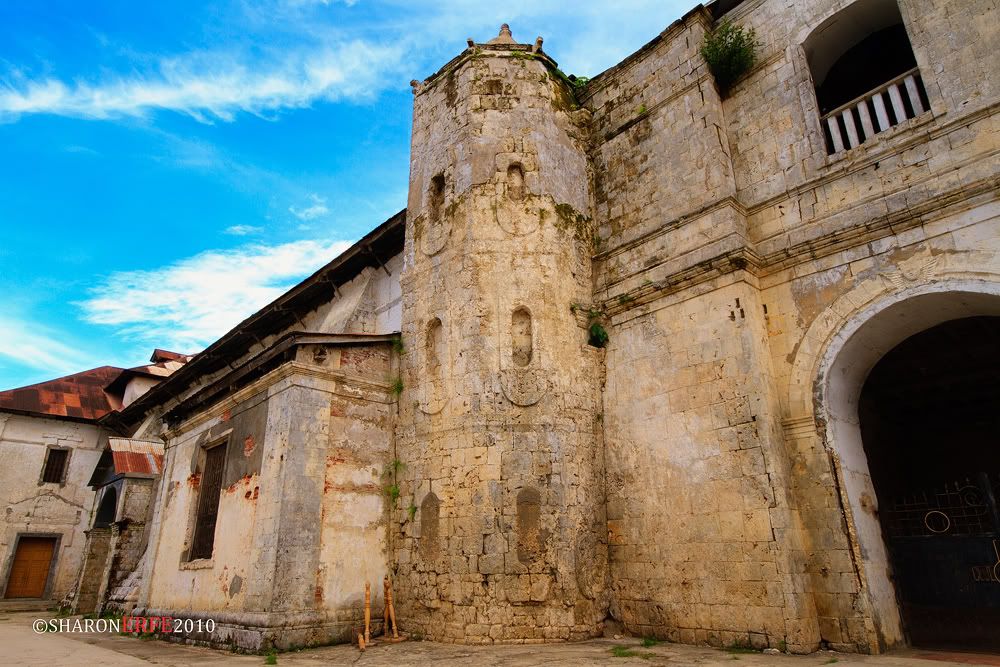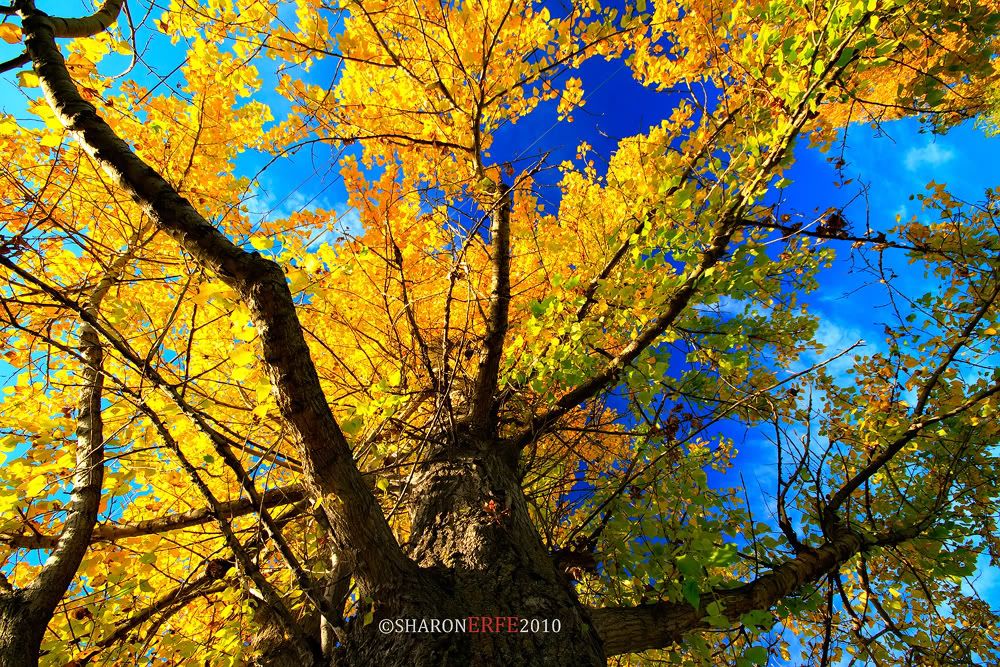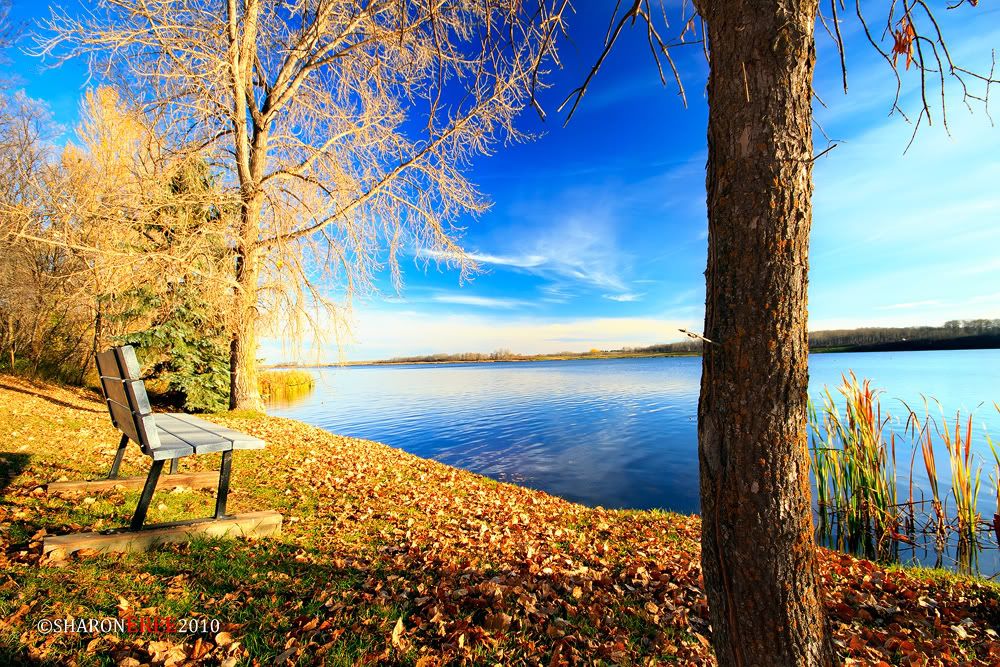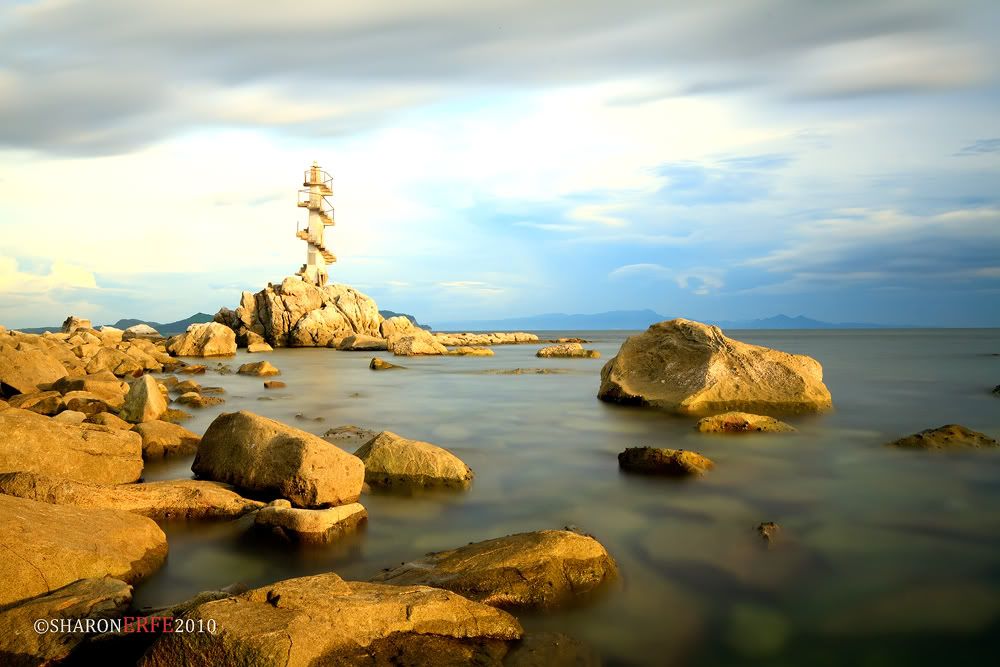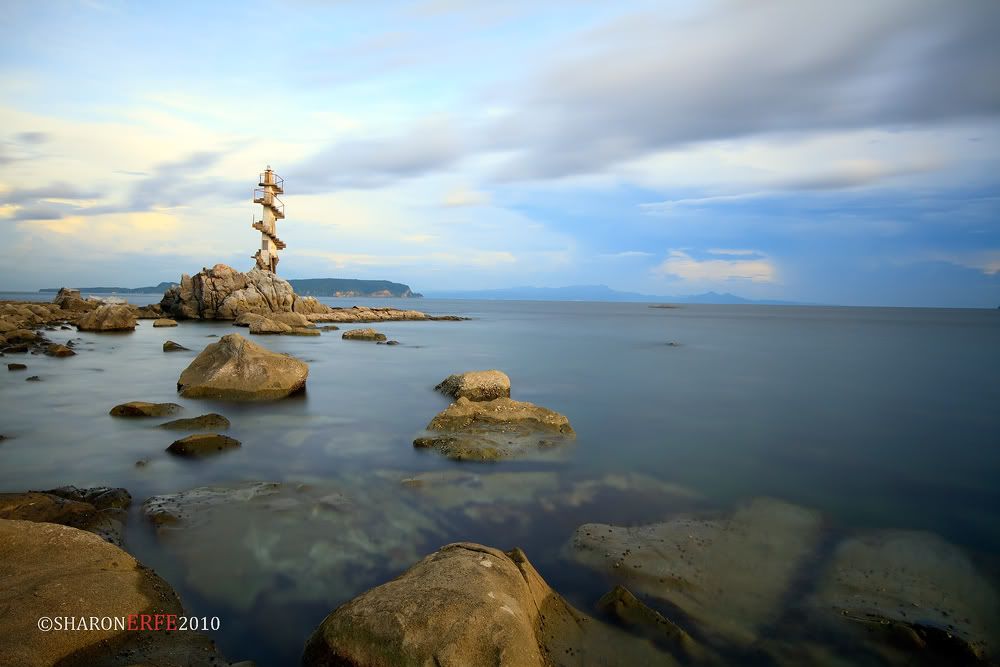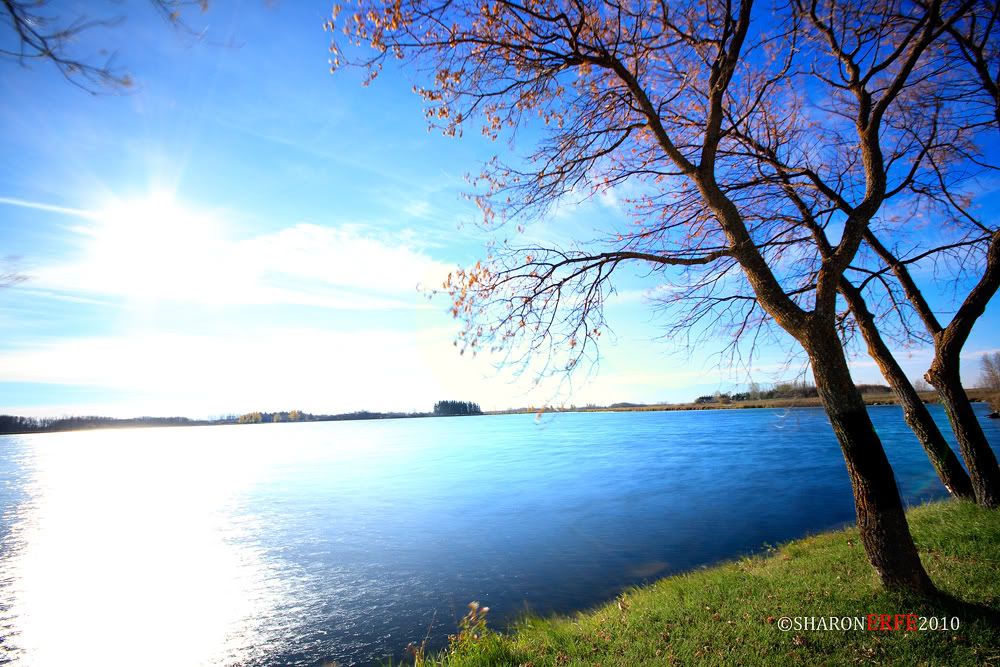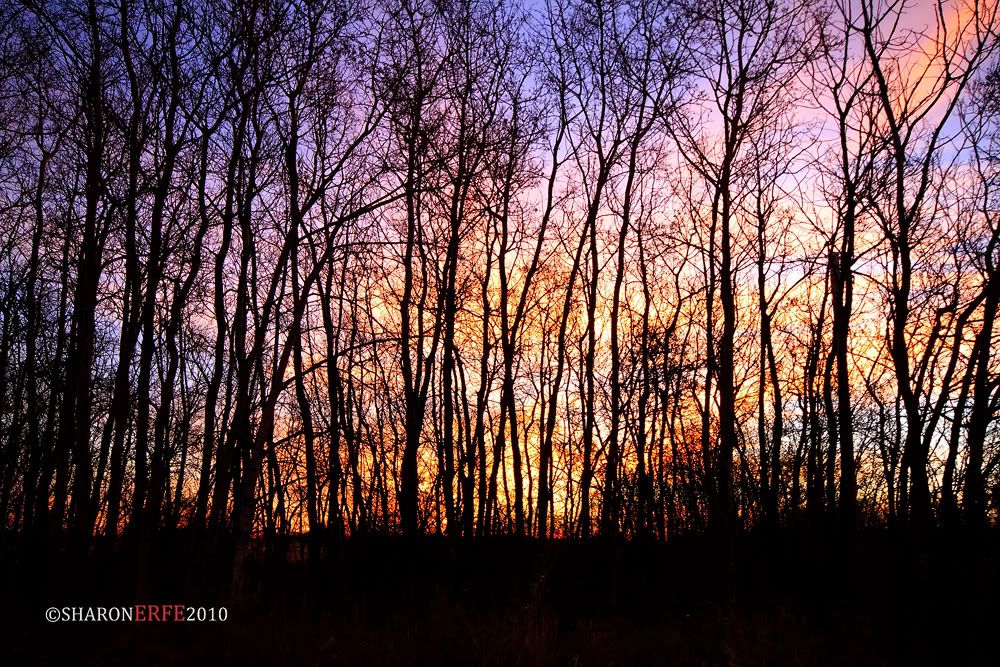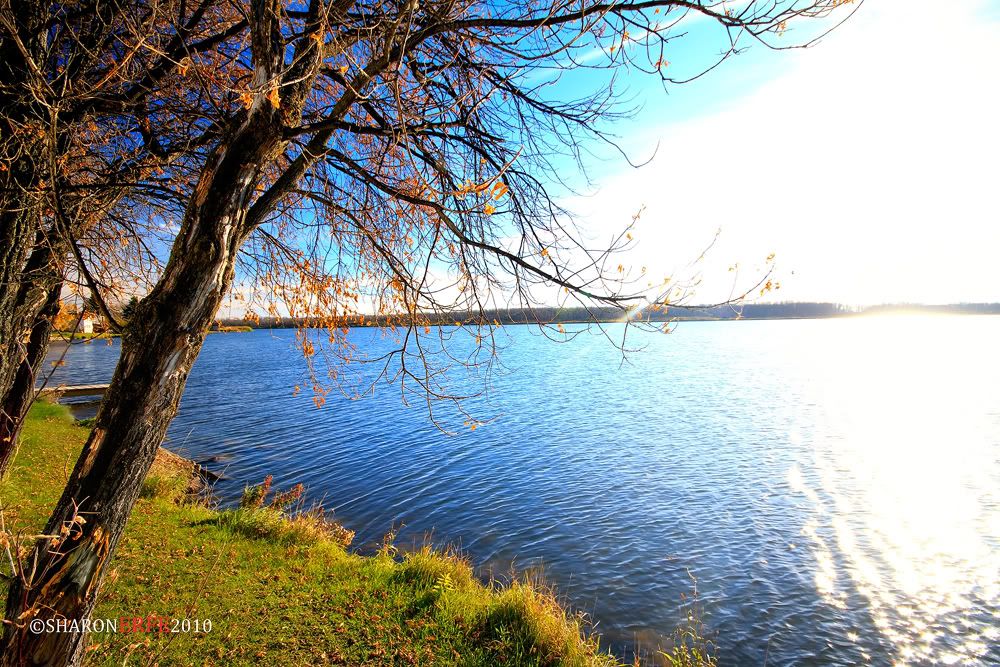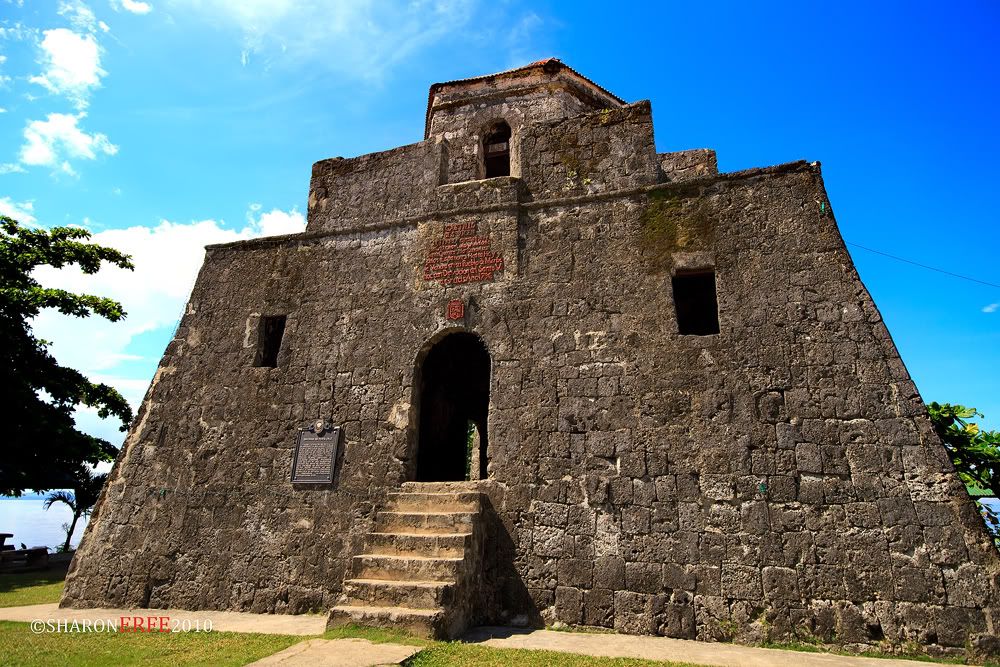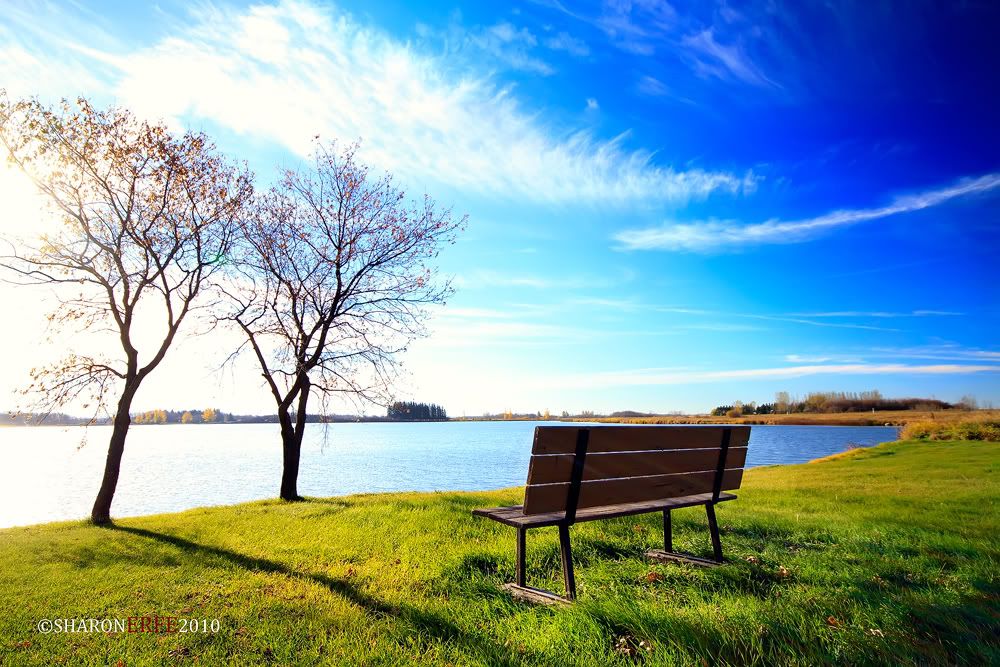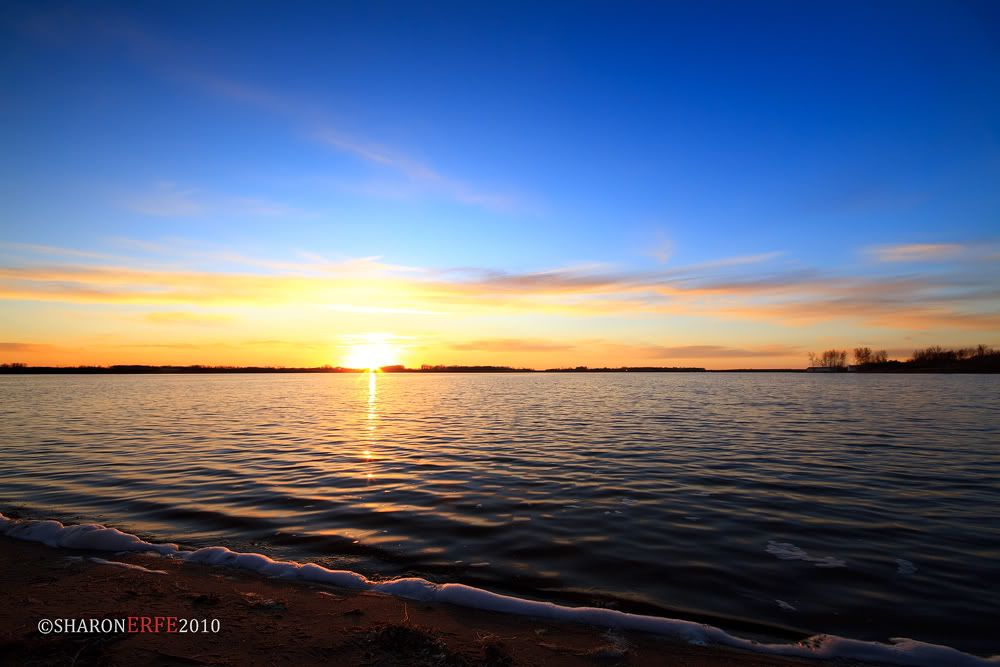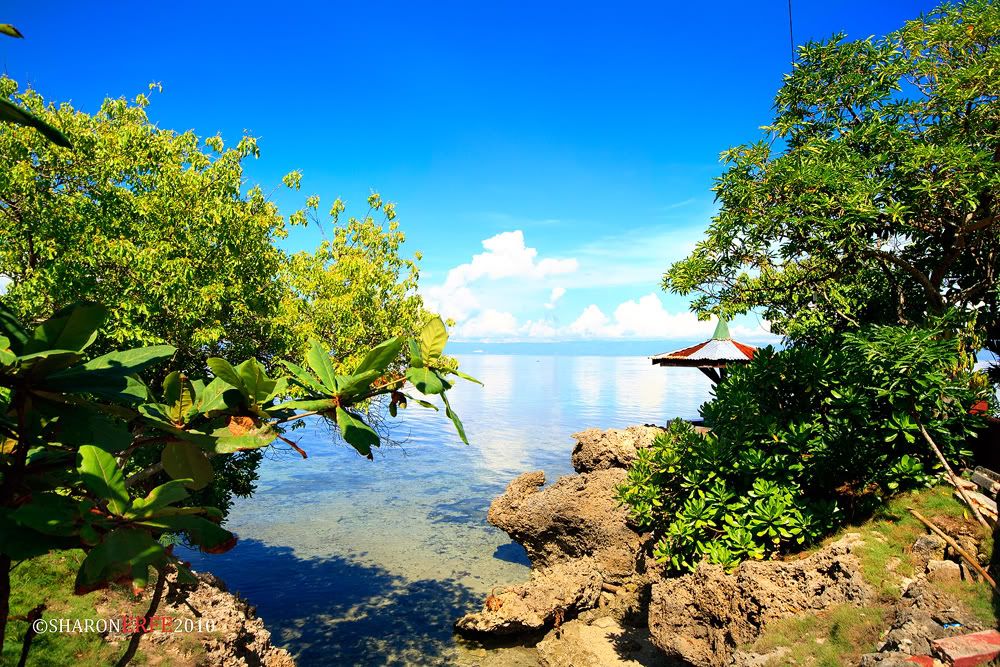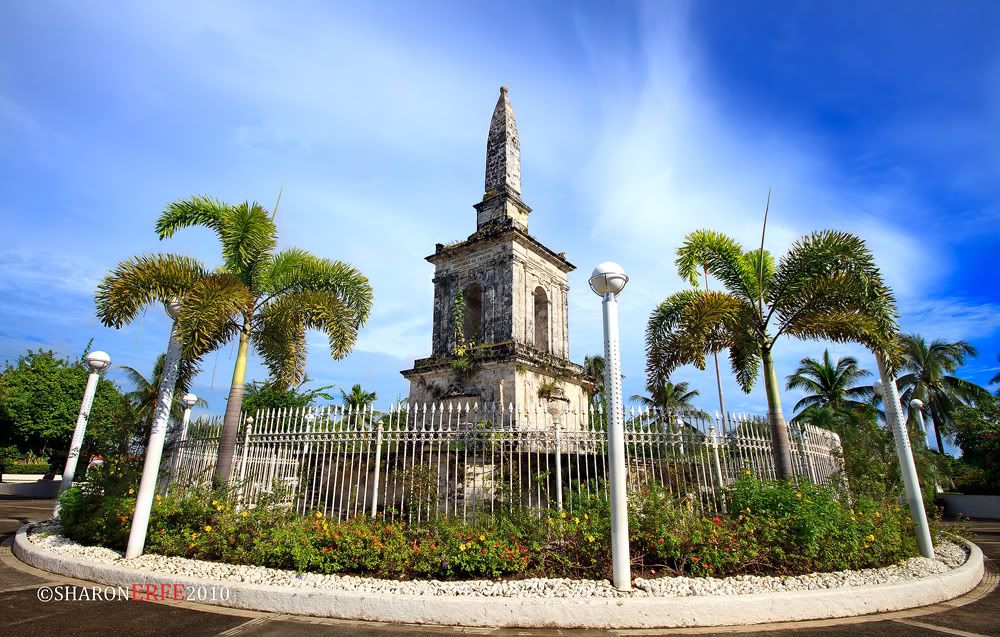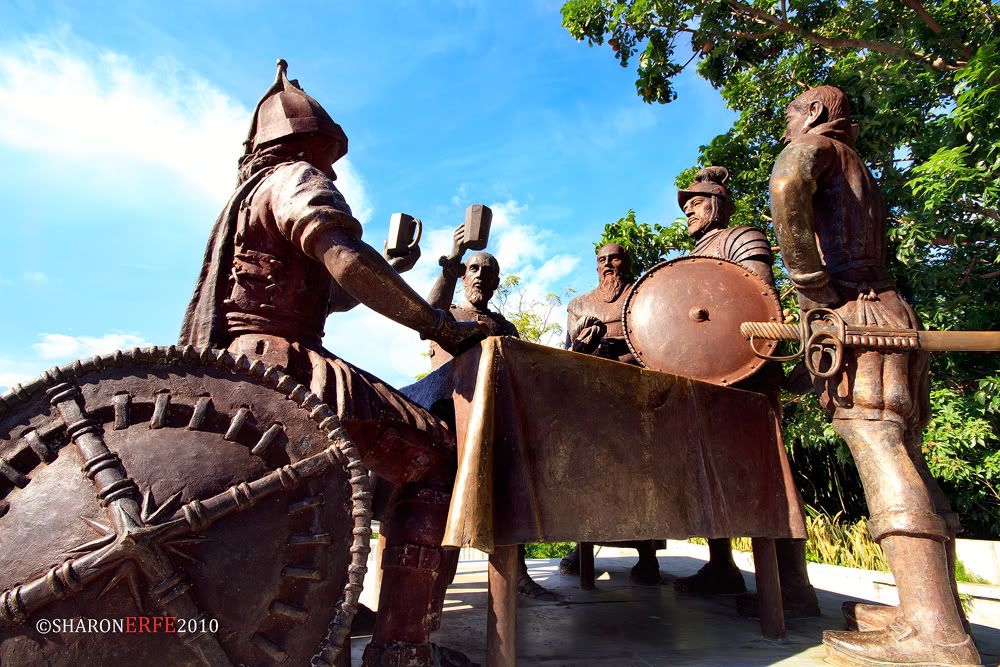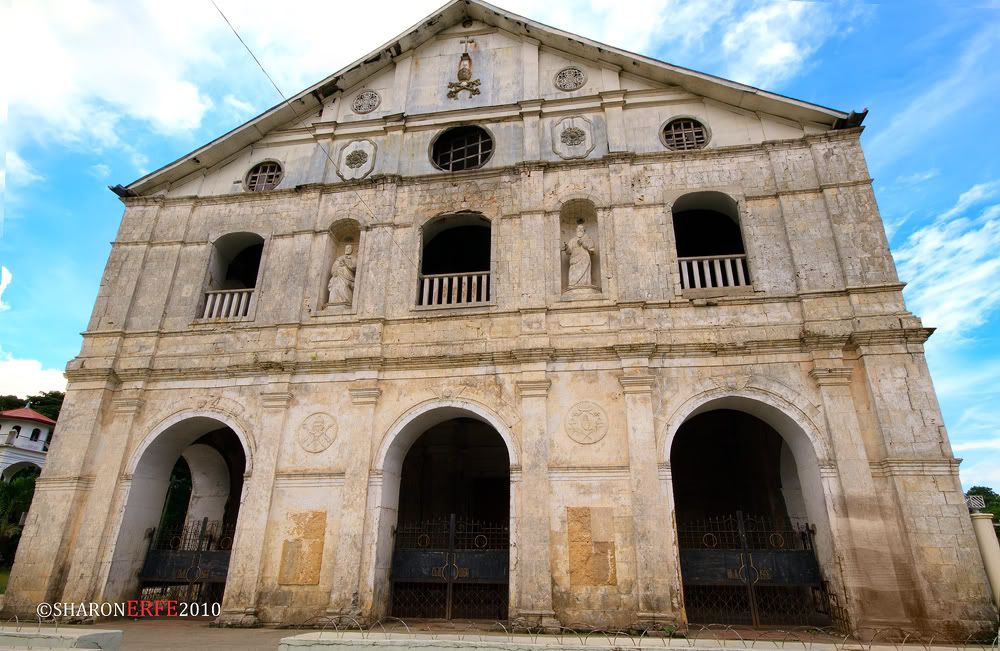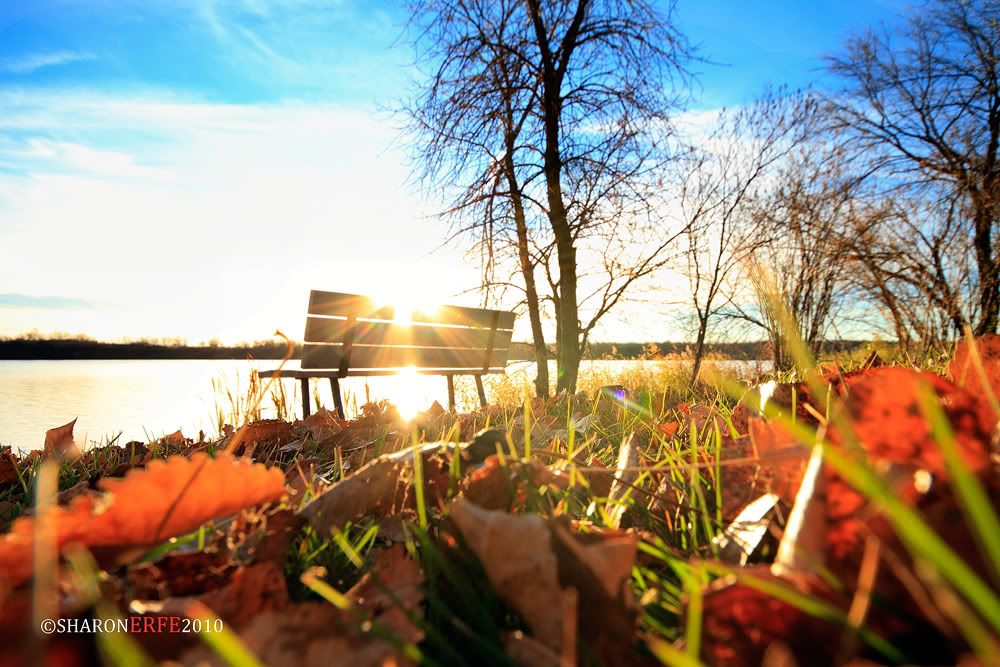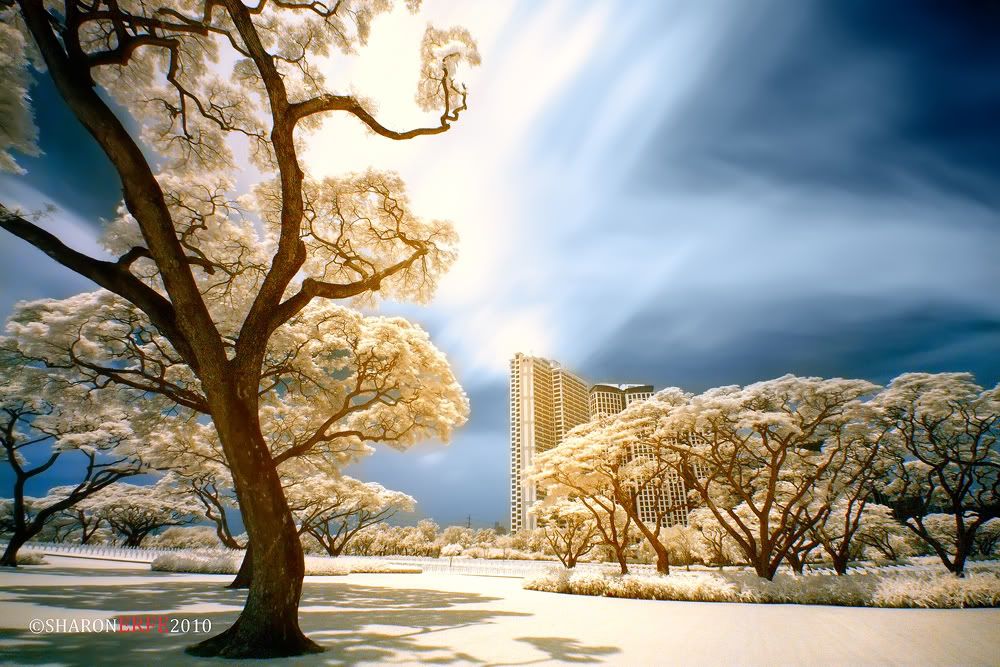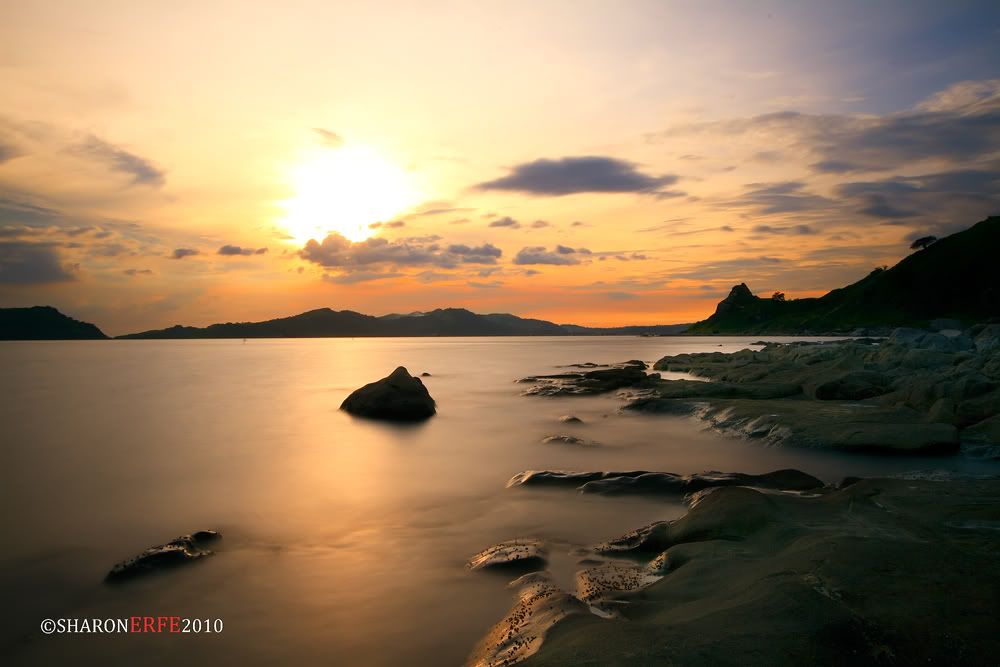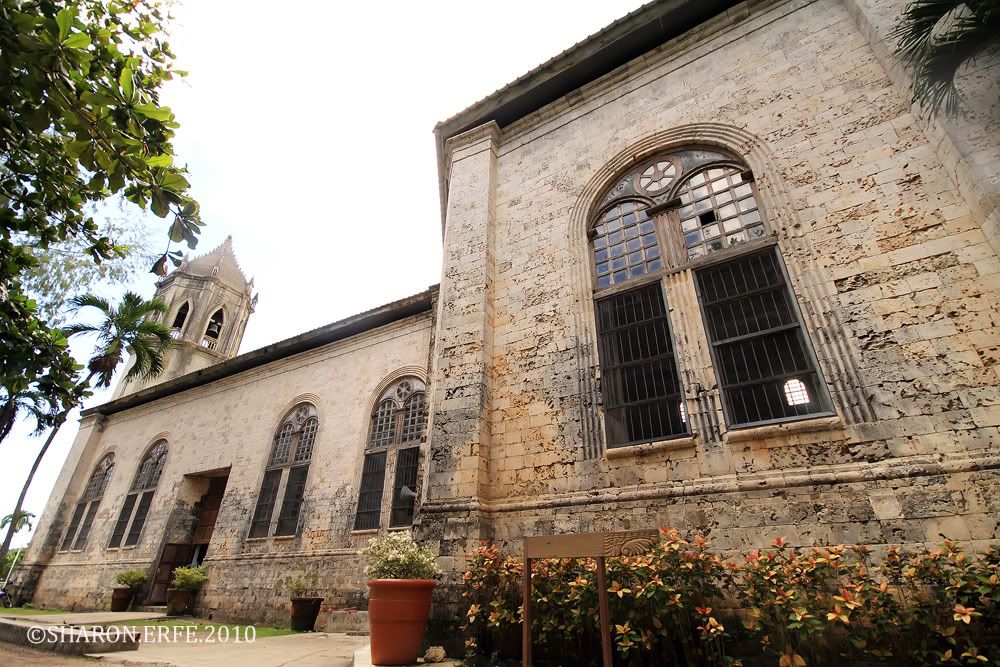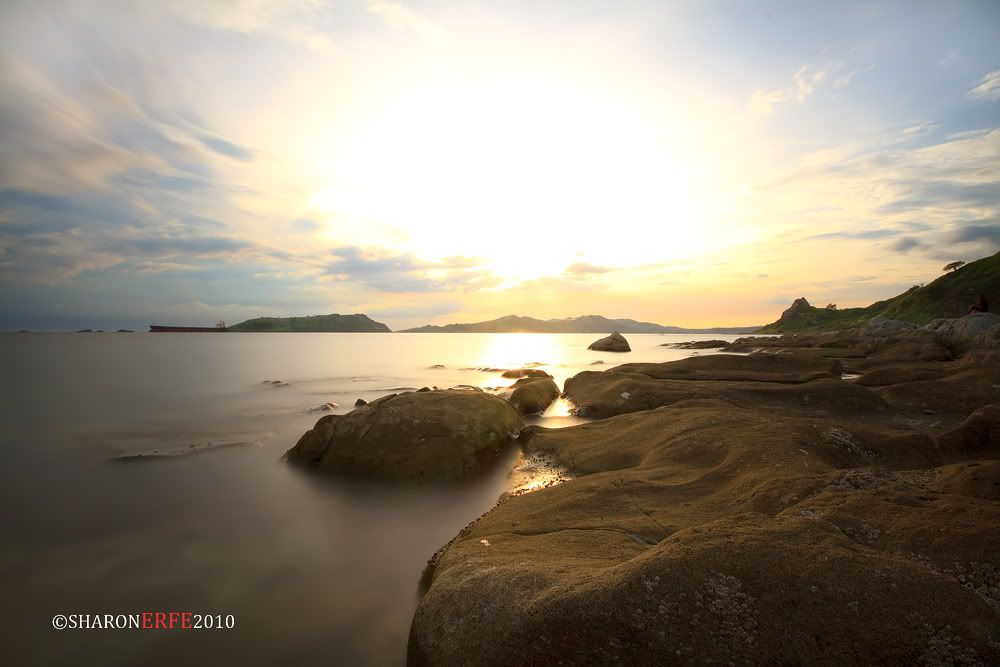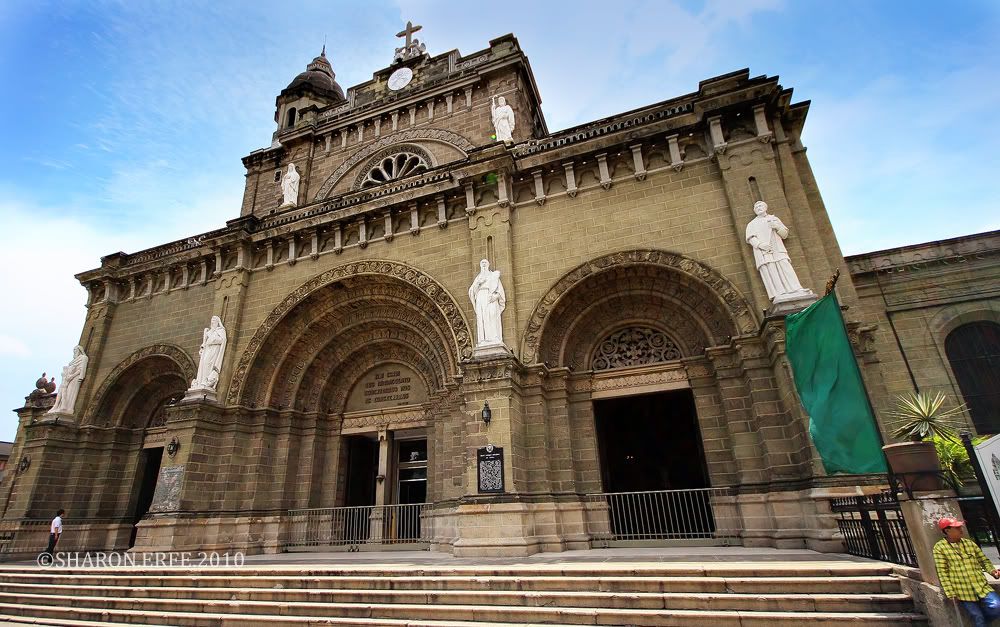The Athabasca Glacier is one of the six principal 'toes' of the Columbia Icefield, located in the Canadian Rockies. The glacier currently recedes at a rate of 2-3 metres per year
and has receded more than 1.5 km in the past 125 years and lost over half of its volume. The glacier moves down from the icefield at a rate of several centimetres per day. Due to its close proximity to the Icefields Parkway, between the Alberta towns of Banff and Jasper, and rather easy accessibility, it is the most visited glacier in North America. The leading edge of the glacier is within easy walking distance; however, travel onto the glacier is not recommended unless properly equipped. Hidden crevasses have led to the deaths of unprepared tourists.
The Icefield Interpretive Centre, closed during the winter (mid-October to mid-April), stands across from the glacier. It is used as a lodge and for ticket sales for sightseeing on the glacier. Standard buses transport tourists to the glacier edge, where they board specially designed snow coaches for transport over the steep grades, snow and ice part way up the glacier.
The glacier is approximately 6 km (3.75 miles) long, covers an area of 6 km² (2.5 mi²), and is measured to be between 90 metres (270 ft) and 300 metres (1000 ft) thick.
Some cold hard facts
* It is 6 km squared in area.
* It is 6km long.
* Its depth is 90-300m (270 – 1000 feet) – The ice is as thick as the Eiffel Tower is high.
* It has icefall movement of 125m / year (400ft)
* It has turn around movement of 25m/year (80 ft)
* The icefalls elevation is 2700m (8900ft)
Once, the Athabasca Glacier flowed north to the present site of Jasper before joining other glaciers and cruising south east past Calgary. This journey, much like trying to get through Vancouver in rush hour, took many centuries. The Athabasca is slowly flowing downhill from the Columbia Icefields similar to the flow of a river.
